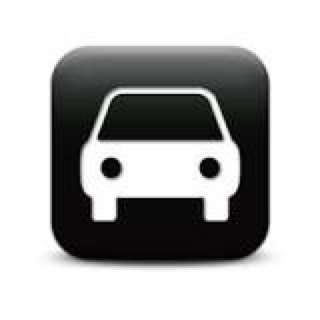Information
-
Document No.
-
Audit Title
-
Client / Site
-
Conducted on
-
Prepared by
-
Location
-
Personnel
-
This checklist must be performed every Monday and journey's more than 250 km's
Vehicle Details
-
Vehicle Make/Model
-
Rego Number
Every Trip
-
Fuel
-
Oil
-
Water
-
Tyre Condition
-
Horn
-
Indicators
-
Wipers & Fluid
-
Current Drivers License
-
Engine Sound
Night/Long Trips
-
All Lights Working
-
No Leaking Fluids
Monthly (first Monday of every month)
-
Tyre Pressures -
Contrary to popular belief, tyre pressure is not determined by the type of tyre or its size but upon your vehicle's load and driving application i.e. speed
To find out what your car's tyre pressure should be, consult the manufacturers tyre placard usually found inside the driver's door sill, glove box, fuel filler cap or under the bonnet.
The placard also displays the manufacturers recommended tyre sizes.
Tyre pressures should be checked when the tyre is 'cold', as pressure increases as the tyre becomes 'hot'.
Take the "cold" reading and check them against the recommended tyre pressures from your placard.
Heavy loads or towing puts an extra strain on your tyres. So if your vehicle is fully loaded with passengers and luggage, the general rule is to add 28kpa (4PSI or 4lbs).
At high speed, (defined as driving at 120km/h for over one hour), your tyres will wear out twice as fast as when you drive at 70-80 km/h. If your tyres are under-inflated by twenty per cent tyre life can be reduced by thirty per cent. The rule here is to add 28Kpa (4PSI) from your Minimum Compliance Plate Pressure. Don't inflate your tyres above 40 psi or 280 kPa. When the tyres get hot from driving, the pressure will increase even more.
Checking your tyre pressure can have a big impact on our environment. An under-inflated tyre creates more rolling resistance and therefore more fuel consumption. By keeping your tyres inflated to their proper levels, you can help maximise the vehicles fuel economy and minimise its impact on our environment. -
Front right
-
Front left
-
Back right
-
Back left
-
Spare
-
Transmission oil
-
Seat belts in good condition?
Sign Off
-
I have considered all elements of this Pre-start Checklist and certify I am fit to drive.
-
Please click finish and send the completed checklist to the safety coordinatorfor filing. Thank you and drive safe.
-
Simtars VCL- Revision 0.1 - 03/10/2013














